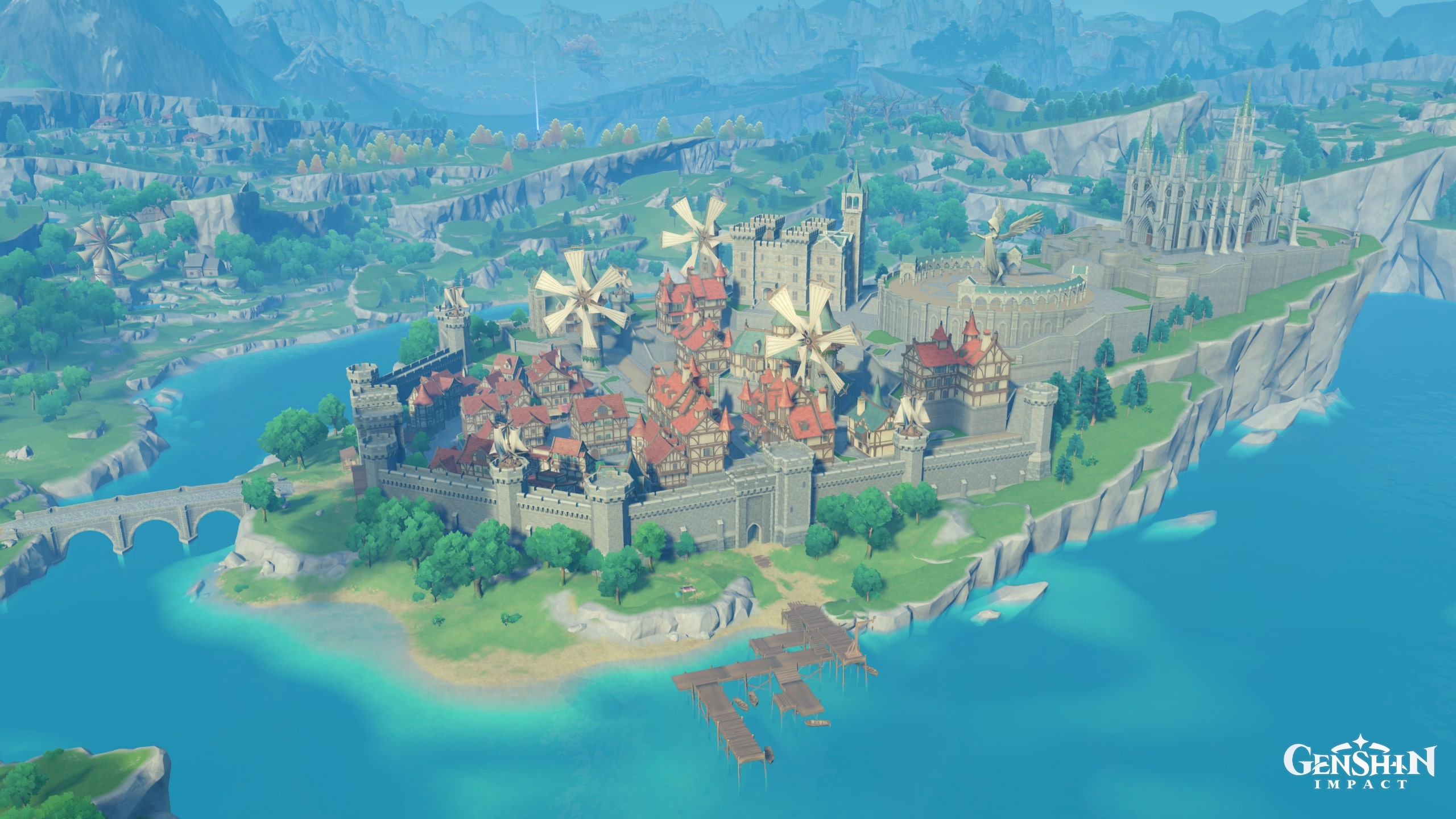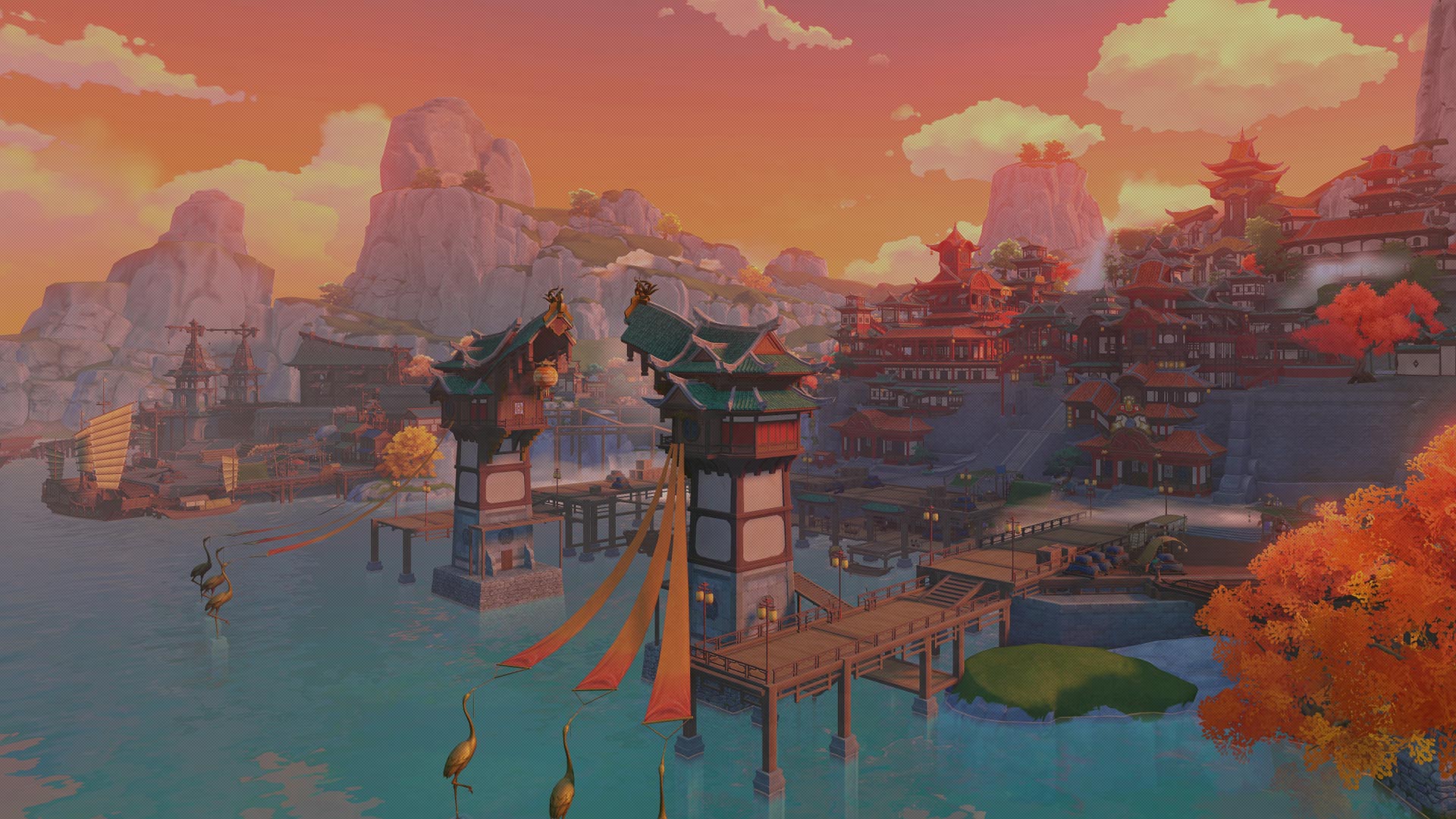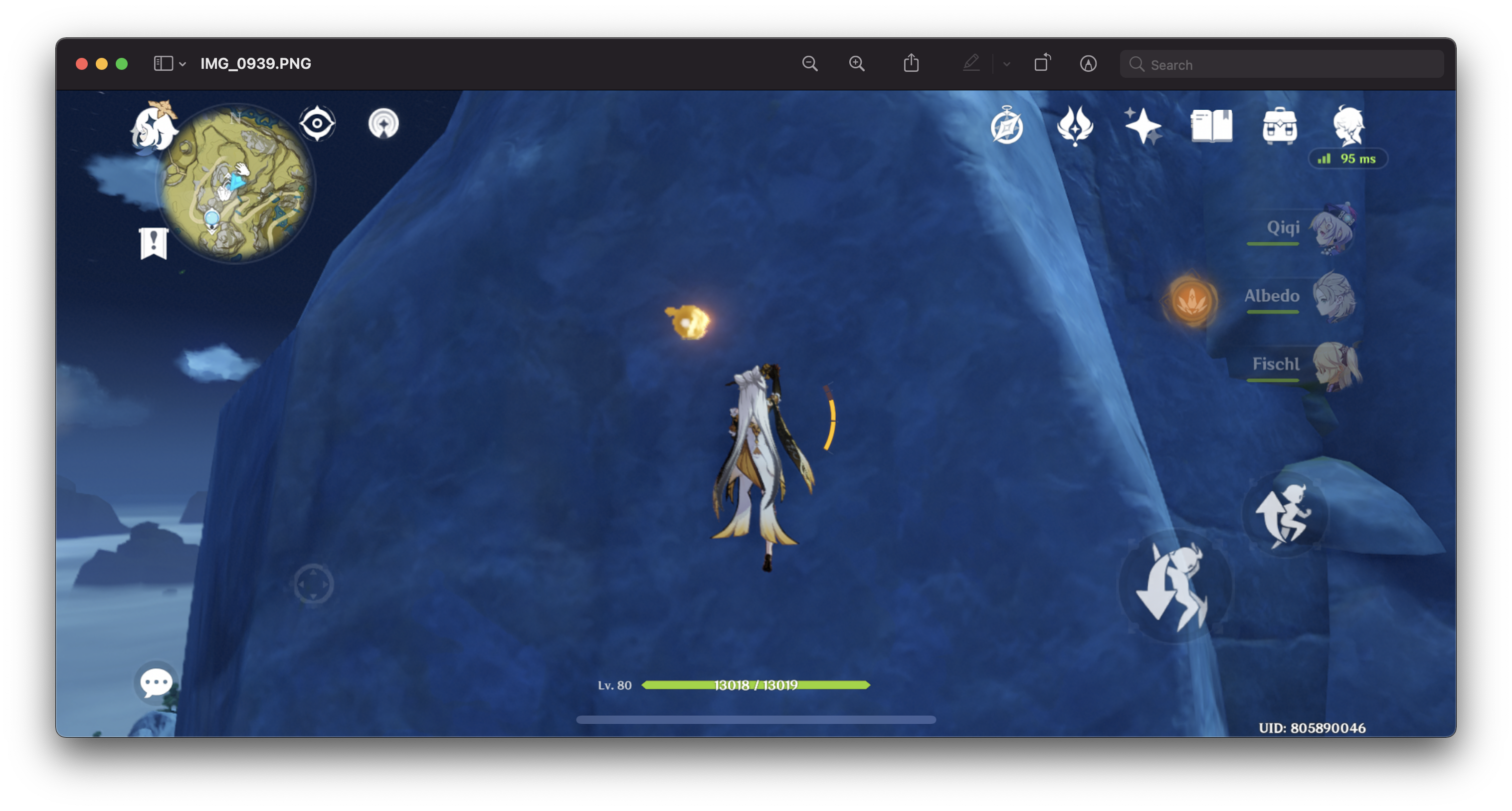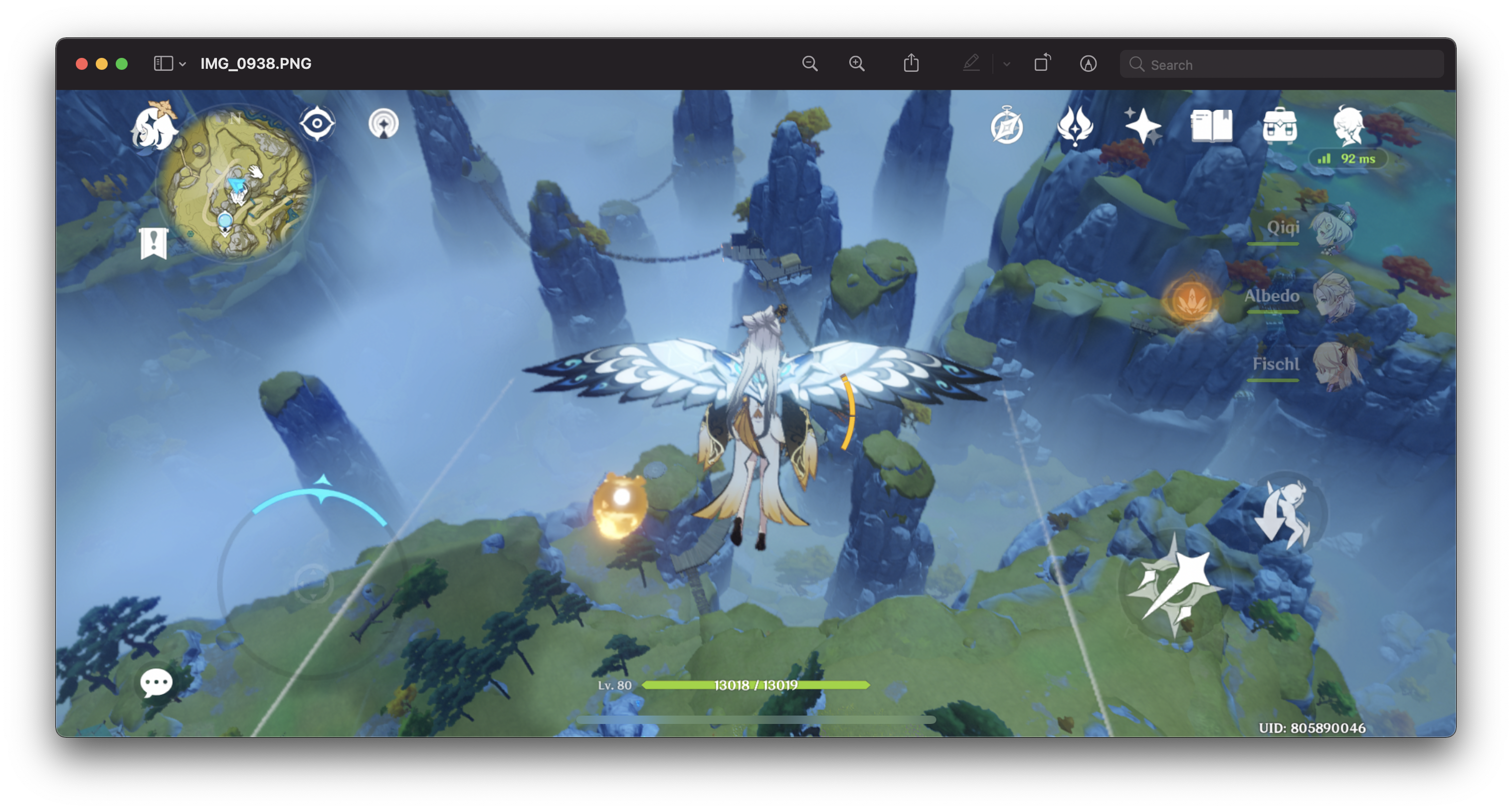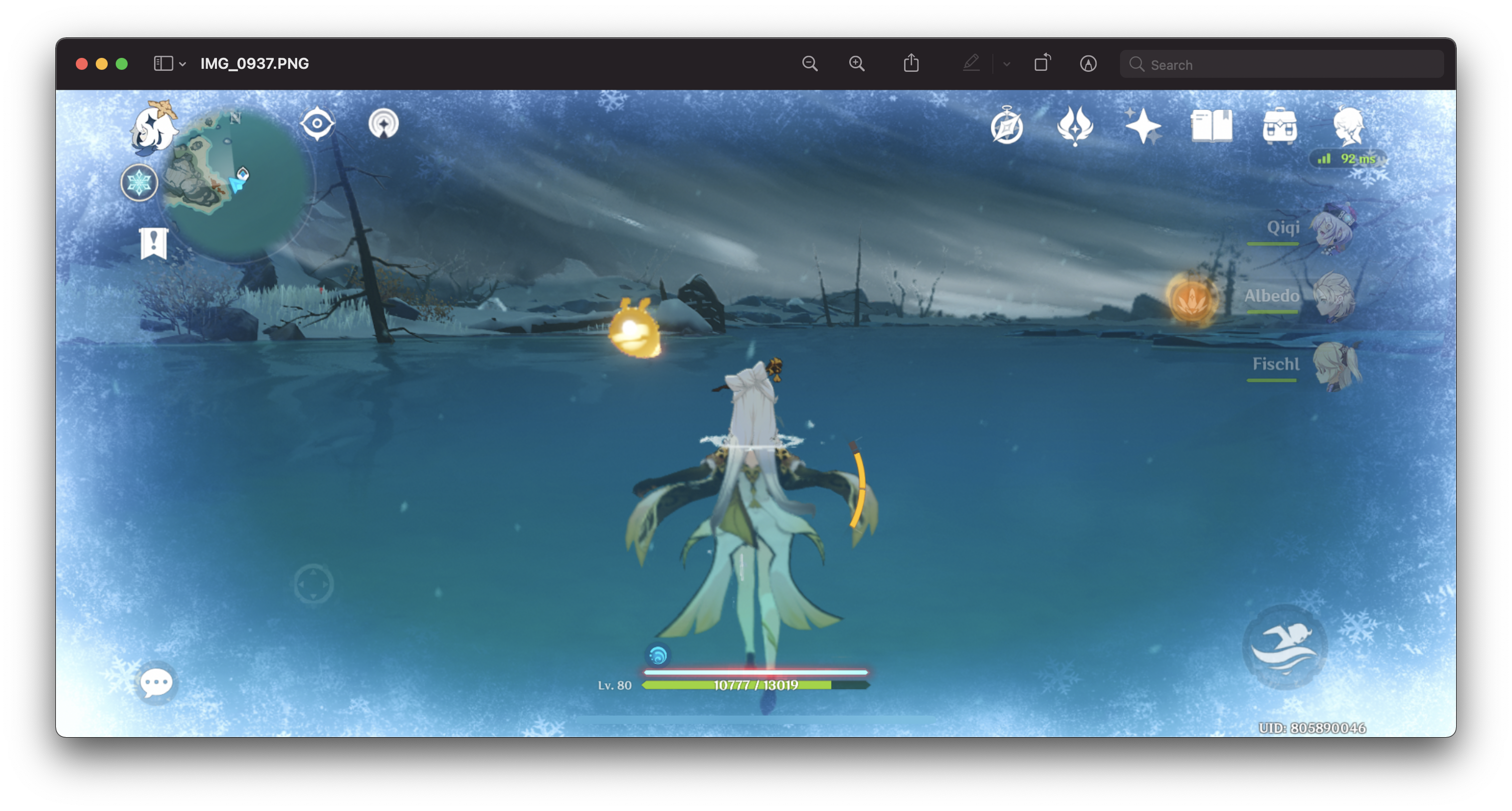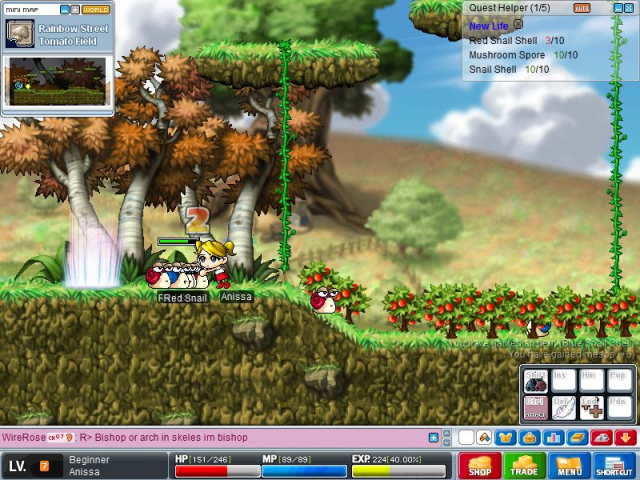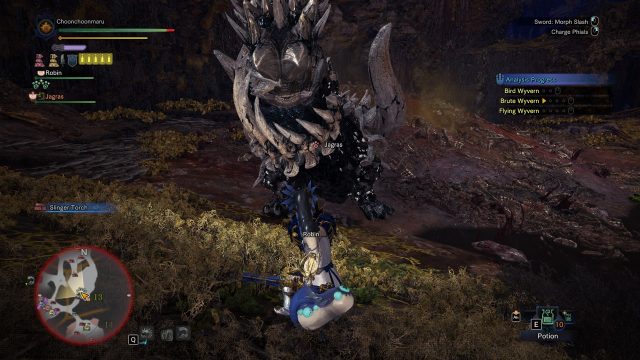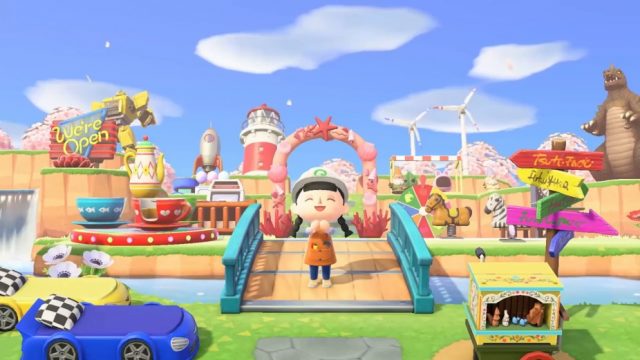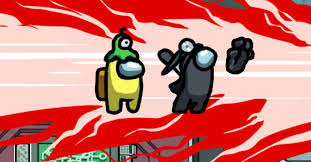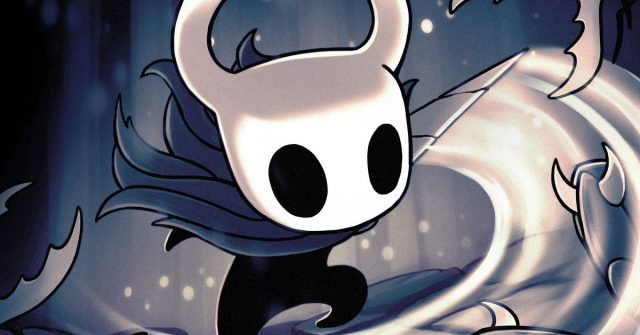
Description
Hollow Knight is a single-player 2D action-adventure game developed and published by Team Cherry. The player plays as the Knight, a small insect-like character that ventures into the ruins of a mysterious kingdom, Hallownest to uncover the secrets that lie within. As the game progresses, the player unlocks new abilities and upgrades in the classic metroidvania style.
Website Link: https://hollowknight.com/
Lens 9: Elemental Tetrad


Elemental Tetrad 1: Mechanics
The game may seem deceptively simple at first as the Knight moves around the map to kill enemies by swinging his sword, but it quickly becomes clear to the player that it is possible to interact with the environment. For example, the player can bounce off the enemy using his sword to reach a greater height to unlock areas, or even exploit enemy weak points. There are also obstacles that can only be destroyed with certain spells and equippable power ups(charms) that interact with each other differently to give different effects. These complex mechanics ensure that the player is engaged in constantly trying to master the new mechanics.
Elemental Tetrad 2: Story
The story of Hollow Knight begins with the Knight descending into the ruins of Hallownest, and as the player progresses along the game, they learn more about the story of Hallownest.

Elemental Tetrad 3: Aesthetics
The aesthetics revolve heavily around the story, from the muted blue of the walls of the Forgotten Crossroads reflecting the ruins of the Kingdom, to the snowy peaks of the Kingdom’s Edge, and even the pitch black of the Deepnest, each area in the game holds a theme which is tied in closely to the lore. Enemies are also designed based on the theme of the area, thus allowing the player to be even more immersed in the story.
Elemental Tetrad 4: Technology
The game is not very graphically intensive thus making it widely accessible for PCs, allowing many players to play it even with low settings. It was originally designed for PC before being released for consoles.
Lens 6: The Lens Of Curiosity
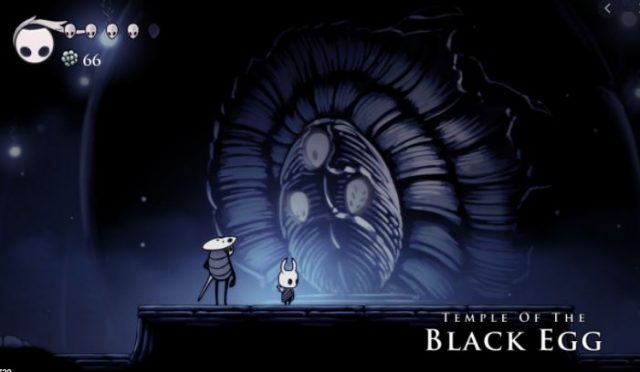
- Apart from the first cutscene of the game, which shows the Knight entering the first area, the story of the kingdom is mostly told indirectly through subtle hints and pieces of lore as the player progresses in the game, with no clear objective markers and only a map to guide the player.
- The player is left in the dark about the motive of the Knight in entering Hallownest and his goal/purpose in the game, as well as the reason to the Kingdom’s decline.
- This along with the mysterious atmosphere of the ruins encourages the player to further explore the ruins and learn more, piecing together the story of the game themselves instead of being told directly from the start, giving the player a sense of accomplishment as they deduce the story by themselves and drawing them into the story.
Lens 74: The Lens Of Obstacle

- Just like other metroidvania games, progression
through the game is by lock and key.
- Throughout the game there will be areas which are visibly inaccessible with the player’s current state.
- This signals to the player that there is a need to explore other areas in the game to obtain the necessary power up to unlock the area, and even within the area itself there may be more obstacles that require further exploring of other areas.
- Similarly, some bosses in the game may seem very difficult to the player, signalling that there is a need to upgrade the player’s weapons before they challenge the boss again, or even learn more about the boss so they can exploit it’s attack patterns.
- These obstacles provide a goal for the player to work towards so that they are able to progress in the game and unlock the next part of the map.
Lens 40: The Lens of Triangularity
- High risk, high reward play exemplified through saving mechanic.
- With no autosave, the only saving mechanic in the game is when players find a save point(a bench) which they can return to save their games progress. Save points are located throughout the map. However, before the player explores an area, the map is completely dark until you explore the area, leaving the player uncertain whether the next save point is close or far away.
- If the player dies once, he loses all his in game currency(Geo) and needs to recollect it by returning to where he died, meaning that the player will have to fight through the same wave of enemies to reach where he is currently. If he dies a second time without recollecting the money, it is lost forever, impacting game progress significantly as currency is needed to upgrade items.
- This allows the player to choose either to continue the explore at the risk of losing all currency but with greater rewards, or to return back to the previous save point, keeping his currency and returning when the player is stronger, thus keeping the player engaged as such decisions need to be made often.

Lens 79: The Lens of Freedom
- Although the game progression is linear for the first section of the game, once the player reaches a certain point in the game, the game dramatically opens up, allowing the player to forge their own path and explore the map on their own.
- There are even optional areas which are not needed for the progression of the storyline, but allow the players to gain more powerful weapons and abilities.
- Players choices along the way may also affect the ending of the game, with it having 6 different endings. Thus, the player is free to choose what actions to take in order to achieve their endings.
- This freedom of choice makes each player’s experience a unique one as they would explore the world differently from other players, or even from different playthroughs, encouraging them to play multiple times.




